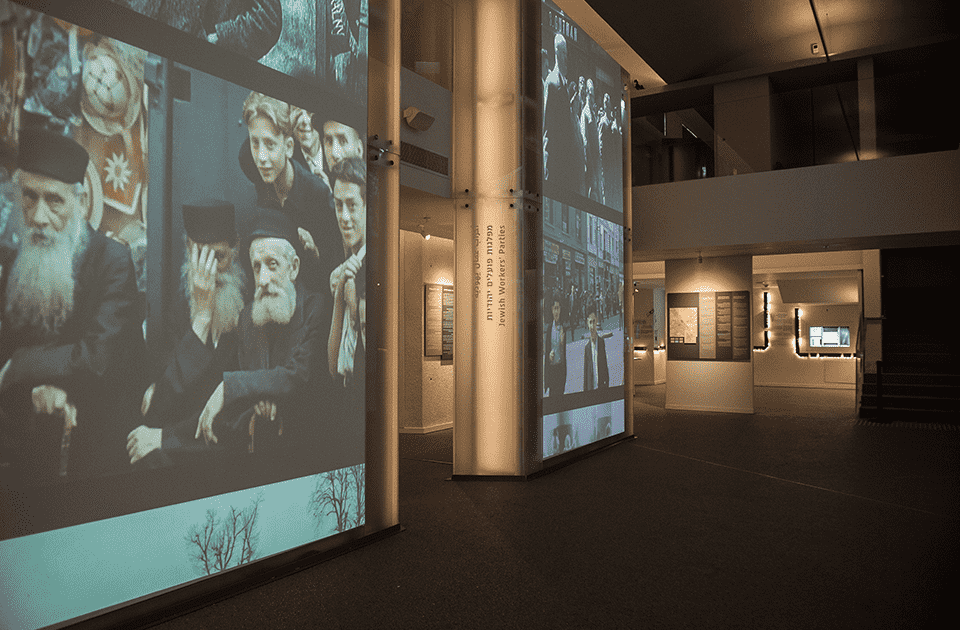Jewish Warsaw
A story about the human spirit
The story of the Jews of Poland and the story of Jewish Warsaw is the story of the life and standing of the founders of the Ghetto Fighters' House. Is indeed a specific case, but one that attests to the rule - Polish Jewry in particular and European Jewry in general. A microcosm containing the entire story. The uniqueness of this exhibition is that it tells their story as never before, through the eyes of the Jews who lived before and during the Holocaust, about their daily lives, their beliefs, and the struggle for survival.
This is a story that begins a lot according to the rise of the Nazis and the occupation of Poland and is brought from a variety of perspectives, using authentic materials created throughout the period. The exhibition is a story of life, while we are used to hearing a story about annihilation; Without understanding Jewish life before the war, aspirations, dreams, and hopes, we can not understand the magnitude of the destruction. An entire culture with no trace of it. We return to the Jewish street in Warsaw in 1935, to the ideological currents, languages , and figures that characterized it: Hasidim and Mitnagdim, educated and assimilated, members of Zionist youth movements and members of non-Zionist youth movements. We deal in-depth with Jewish life and its complexity.
What is the message of the exhibition to the Israeli public?
Does it have an optimistic message for life in Israel? Does it contain a message to life outside of Israel? A message to a non-Jew?
"We must fight for the future" - this is the message of the exhibition, and it is suitable for both Jews and non-Jews.
Assimilationists, Orthodox, workers, and socialists all struggled to educate their children in the belief that this would open up possibilities for a better life for the next generation. The exhibition outlines to the visitors processes in which the initiatives of individuals develop from idea or ideal to actual movement and action. Thus, for example, the pioneering idea or "self-help" of refugees to refugees.
The message is also pluralism and listening - in the exhibition we give representation and voice to the various groups on the Jewish street before and during the war. The things in the exhibition are presented in the name of their authors and thus present a variety of opinions and experiences.
This is an opportunity to disengage from the carnal image and the horror pictures, in which we are accustomed to visiting Holocaust exhibitions, and to discover complexity and development within a seemingly single reality.


